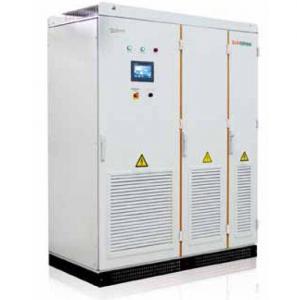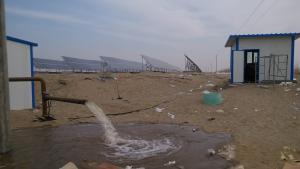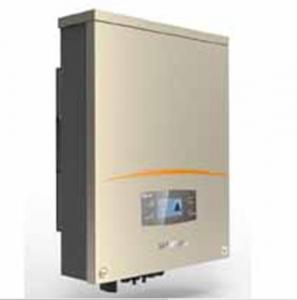Xantrex Inverter Solar
Xantrex Inverter Solar Related Searches
Xantrex Solar Inverter Xantrex 2.8 Kw Solar Inverter Solar X Inverter Xantrex Solar Inverter Recall Fox Solar Inverter Inverex Solar Inverter Inverter Solar Olx Solar Inverter Solax Solar Inverter Solar Inverter Solax Solar Inverter Olx Solar Solar Inverter Foxess Solar Inverter Solaris Solar Inverter Solar Inverter Mexico Solar Inverter Inverex Smart Inverter Solar Inverter Power Solar Power Inverter Solar Axpert Solar Inverter Inverter Battery Solar Solar Smart Inverter Solar Converter Inverter Maxpower Solar Inverter Battery Inverter Solar Solar Max Inverter Smart Solar Inverter Inverter Charger Solar Solar Electric Inverter Tesla Inverter SolarXantrex Inverter Solar Supplier & Manufacturer from China
Xantrex Inverter Solar is a range of high-quality inverters designed to convert solar energy into usable power for various applications. These inverters are engineered to provide reliable and efficient power conversion, making them an essential component in solar power systems. They are widely used in residential, commercial, and industrial settings where solar energy is harnessed to power electrical devices and reduce reliance on traditional energy sources.The Xantrex Inverter Solar products are known for their robust performance and durability, making them a popular choice for a variety of usage scenarios. They are utilized in off-grid systems to power homes and businesses in remote locations, as well as in grid-tied systems to supply power to the grid or backup power during outages. Additionally, these inverters are used in hybrid systems that combine solar power with other energy sources, such as wind or diesel generators, to create a more sustainable and resilient power supply.
Okorder.com is a leading wholesale supplier of Xantrex Inverter Solar products, offering a vast inventory to cater to the needs of various customers. With a commitment to quality and customer satisfaction, Okorder.com ensures that the Xantrex Inverter Solar products are readily available for those seeking reliable and efficient solar power solutions.
Hot Products

















































